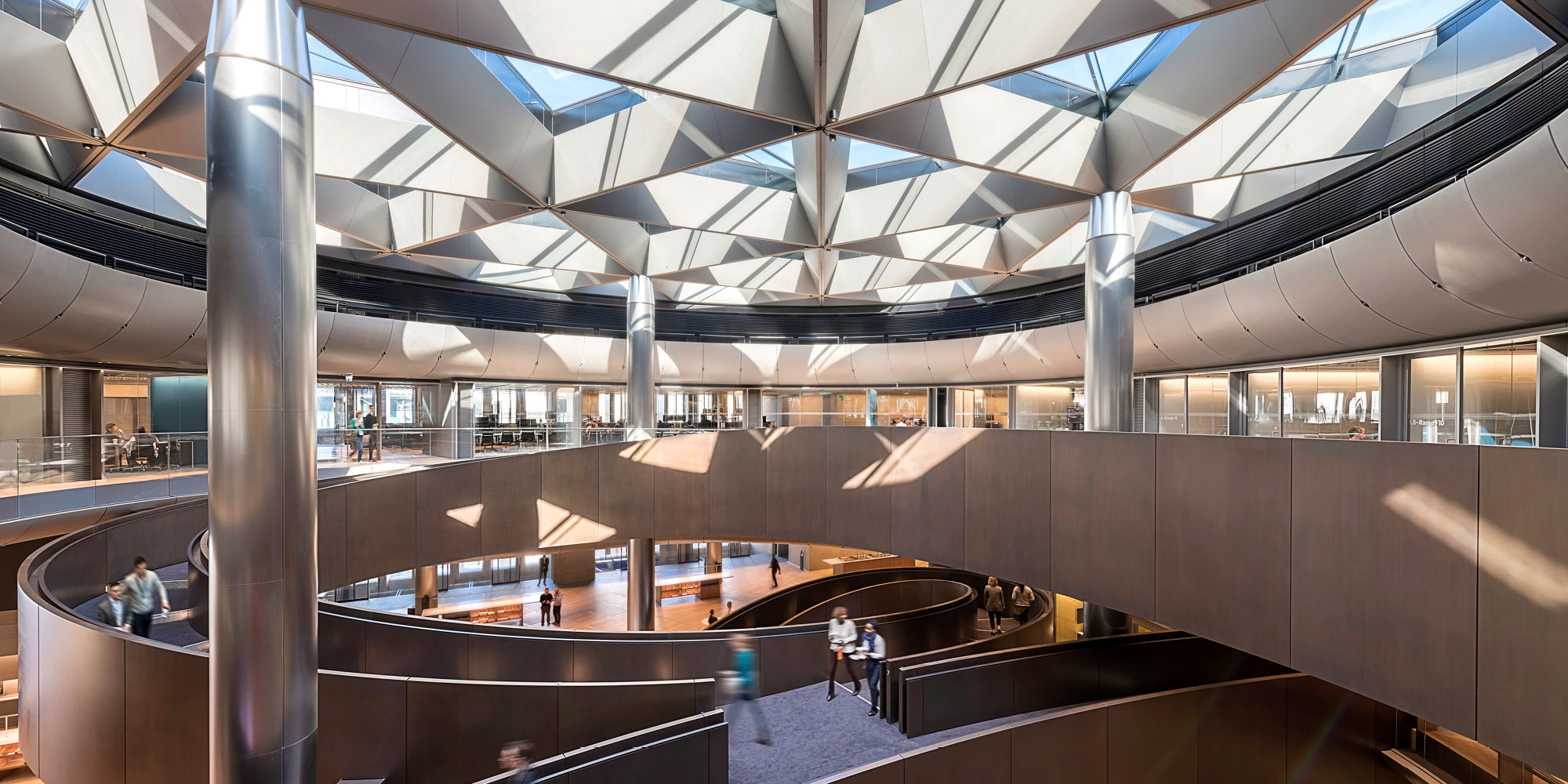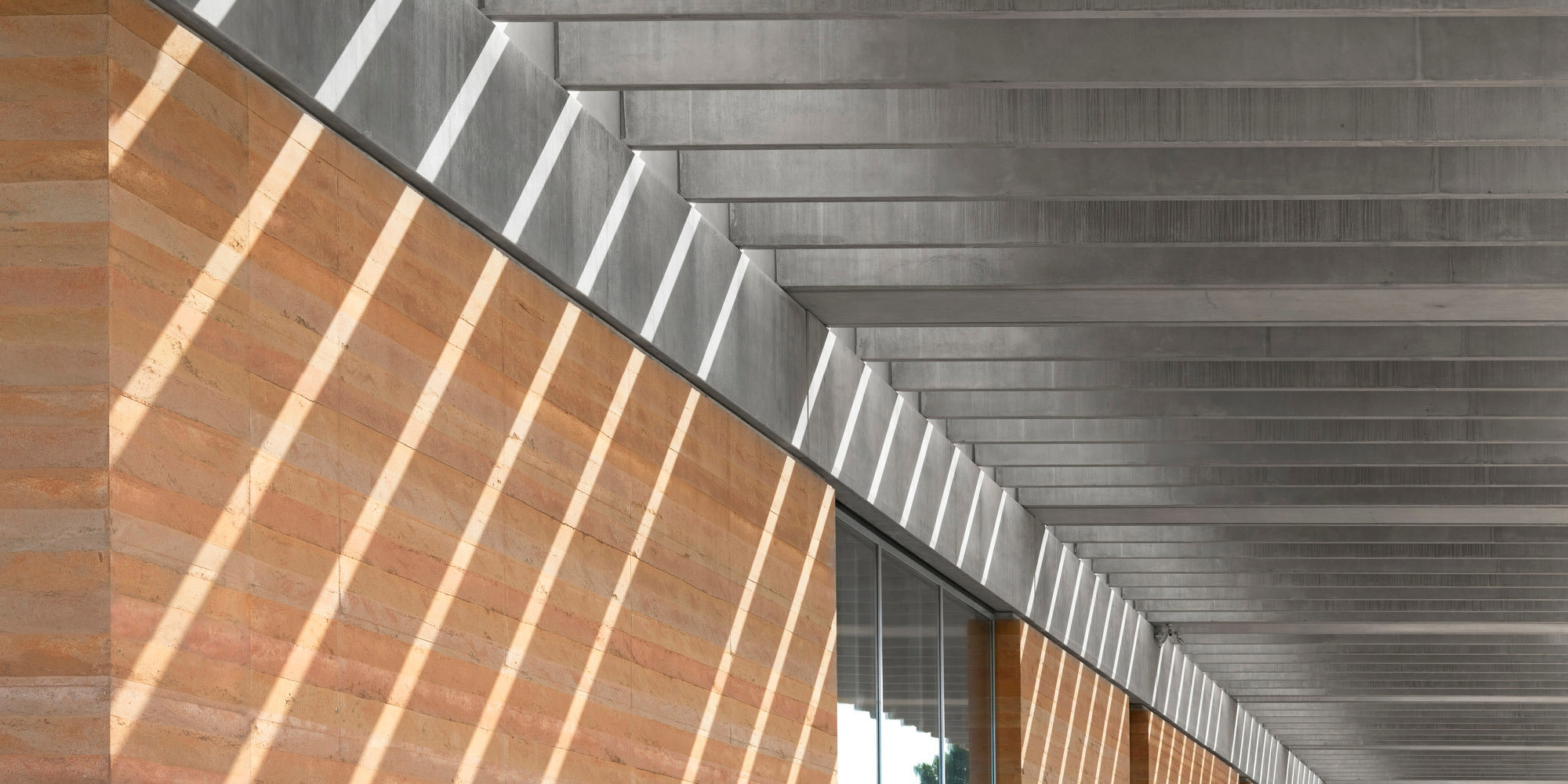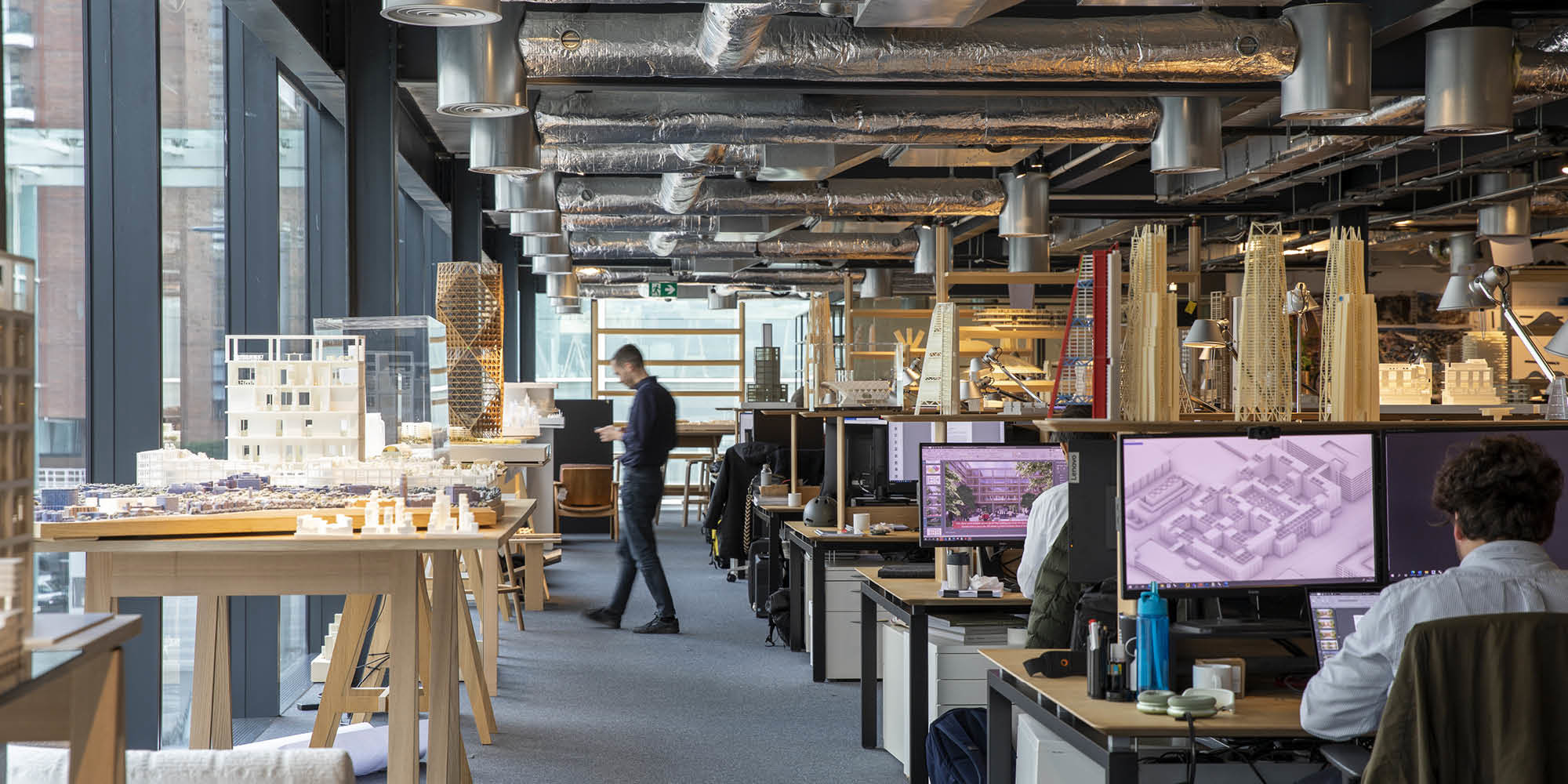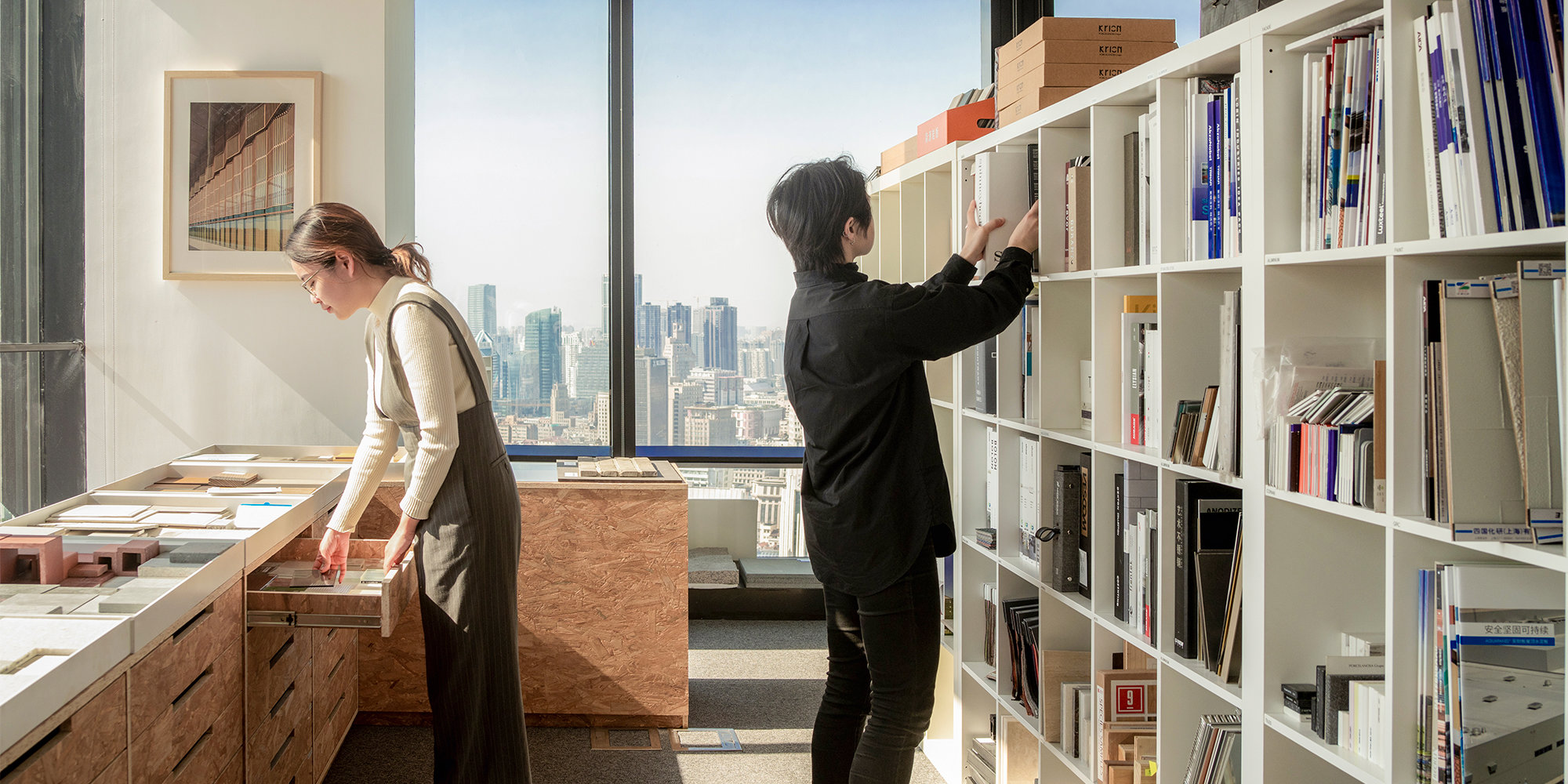The significance for London of the Greater London Authority Headquarters cannot be overstated. The opportunity to propose a building of such symbolic importance on one of London's most prominent sites is a rare and exciting challenge. The Tower of London and Tower Bridge command this stretch of the river. Our proposal seeks to complement these two landmarks with the new GLA Headquarters. Poised on the edge of the Thames, away from traffic noise and fumes, the building will be ideally positioned to allow the development of a fully integrated environmental agenda, exploiting the natural resources of wind, sun and water.
Located within reach of major public transport connections, the building will be easily accessible via existing underground and bus networks and the future Jubilee Line and River Bus system. The riverside walk will link the building to neighbouring bridges and the network of local pedestrian routes. The Headquarters will sit between two important public spaces - a new square opening onto the riverfront, lined with cafes and restaurants, and Potter's Fields Park, which is to be re-landscaped. The proposed building will provide approximately 185,000 sq.ft. of space on 10 levels. The Mayor's office will be located in the upper part of the building alongside the Assembly Secretariat, while many of the more public facilities such as the Assembly Chamber and Committee Rooms will be placed towards the lower part of the building.
At the top of the Headquarters there will be a flexible public space known as 'London's Living Room', which could accommodate a variety of exhibitions on the changing face of the capital as well as banquets for up to 200 guests. The rooftop is also given over to the public, with a roof terrace commanding unparalleled views across London. A proposed stepped terrace would allow the riverside walk to connect with a floating pontoon.
The form of the building is unique; its elliptical shape is designed to maximise transparency and minimise solar gain. It is a building for everyone for Londoners as well as visitors to the city. It will become a new icon for London, a shining example of the city's belief in its future.
The Headquarters will be part of a much larger mixed-use development planned for this site at London Bridge, which has been vacant since the 1980s. In addition to new offices there will be a hotel, shops and catering outlets, the latter aimed at local residents as well as employees and visitors. The scheme will incorporate new public squares and pedestrian routes as well as significant enhancements to the riverside walk and to Tooley Street, offering a lively and secure environment beyond the traditional 'nine-to-five' office day.
The economic impact of this development will be considerable: it will directly create 11,000 - 13,500 jobs and indirectly create a further 5,000 - 6,000 jobs due to increased demands for goods and services.









